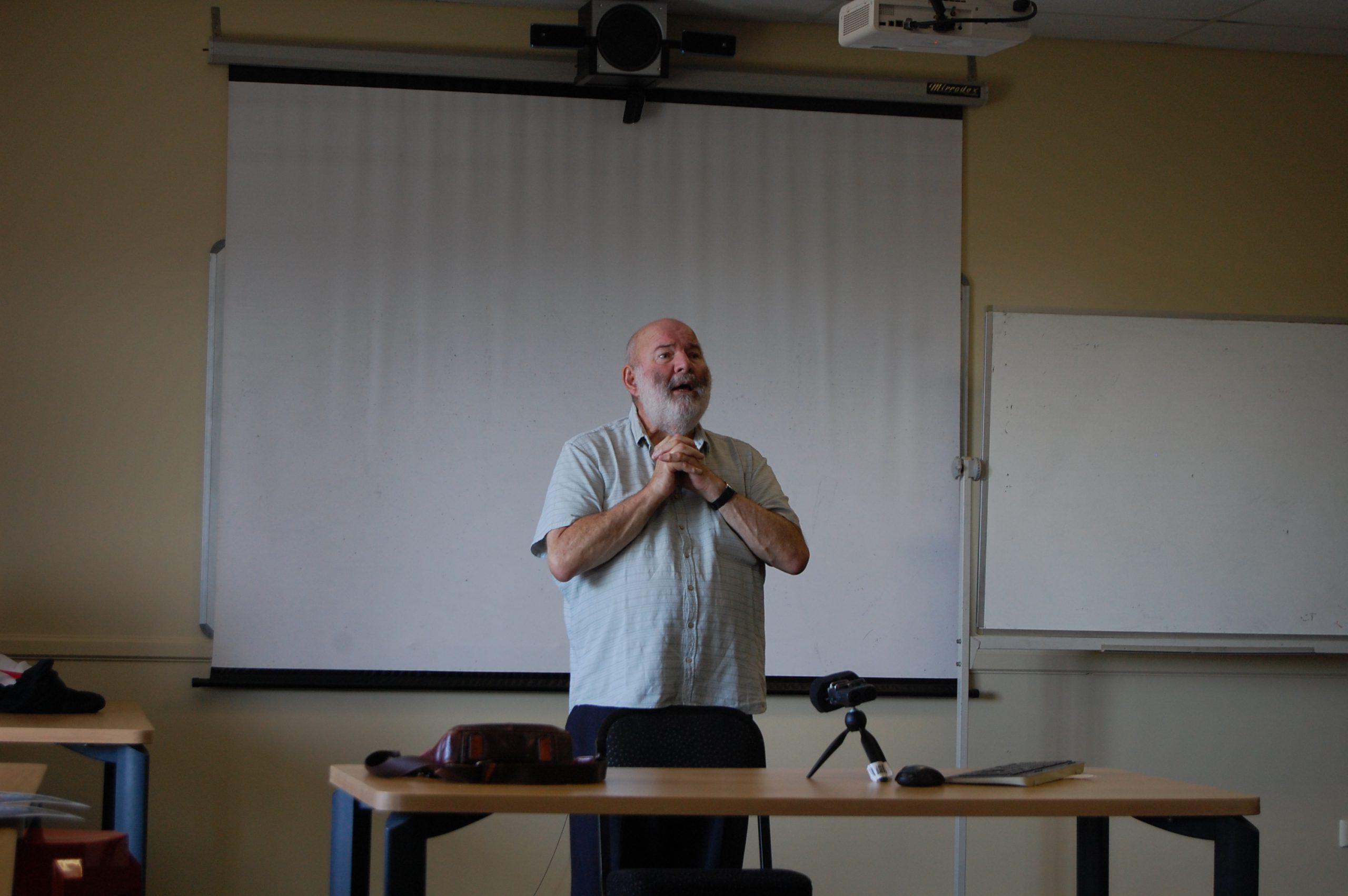Steeped deep in the history of arts and culture in South Africa, the National Arts Festival, now in its 50th year, has seen many faces steering the wheel in bringing monumental cultural exchange and experiences to many.
One of the frontrunners in developing a space for creatives to showcase their work while networking with other like-minded people is Tim Huisamen.
Huisamen took some precious time out of his retirement to share some of his fondest memories of being one of the former National Arts Festival (NAF) committee members from its early inception.
Having served on the committee since the beginning days of the festival, Huisamen, a retired lecturer of Afrikaans and Dutch Studies at the University of Cape Town, as well as a Drama lecturer at Rhodes University, said from his initial interactions with the festival, things “snowballed into a great festival”.
As a passionate lover of the arts, Huisamen said his infatuation with the arts originated from an inquisitive young boy who enjoyed reading and uncovering the concepts of fine arts and music.
After moving to Makhanda (then Grahamstown) in 1976, Huisamen had his first encounter with the late Roy Sargeant. Sargeant was head of the speech and drama department and co-founded NAF with Guy Butler.
Huisamen said the festival’s initial renditions were organised to celebrate the theatres the town had to offer with the addition of the 1820 Settlers Monument building. The programme, then, consisted of Shakespeare with students.
Run differently in the days of yore; festival organisers would require a form from artists and performers which could assist in curating the festival. A committee of top professionals would then be assembled from various branches of the art world to suggest proposals for the festival. In terms of translating these concepts, the committee would then appoint a festival officer to oversee and compile these suggestions and ideas in a functional programme.
Huisamen would remain a member of the committee for what he claimed was an “overstayed welcome” of 20 years.
As part of his first duties, Huisamen was to invite important figures and judges to critique student drama. However, most of his time within the committee was dedicated to presenting The Winter Show, which he called the festival’s talk programme. This portion of the early programme allowed for further discussion of the background information of productions and introduced important topics in science, the arts, and religion.
The programme soon extended to walkabouts of small groups and art exhibitions accompanied by an expert, allowing non-performers to present, perform, and educate others. It then paved the way for new talent, culminating in the festival accommodating an audience of liberated South Africans.
According to Huisamen, the festival was based on four pillars – the first being drama, which would attract audiences.
Theatre, and particularly student theatre, was the basis for this. Not long after, music was introduced to the menu, specifically jazz and classical music, which catered to the upper and middle-class audience.
The second pillar was the festival organisers themselves, as organising an entire festival is a task that requires a lot of grit and patience.
The third pillar was money. A festival of its size would have been impossible without a substantial amount of money. The festival needed a funder. Since then, various corporations along with local and national governments, have joined in to help cater to the festival’s needs.
The fourth pillar was the press. The media played an integral role in promoting the festival and still does today.
One of the festival’s integral aspects, according to Huisamen, was, and still is, the ability to build bridges for all communities to come together to celebrate the creative works of artists, performers, and the like.
Huisamen’s parting advice to festival-goers is to outline a plan for attending events and “to bring something warm”.
“The days are beautiful, and the nights are cold.”


